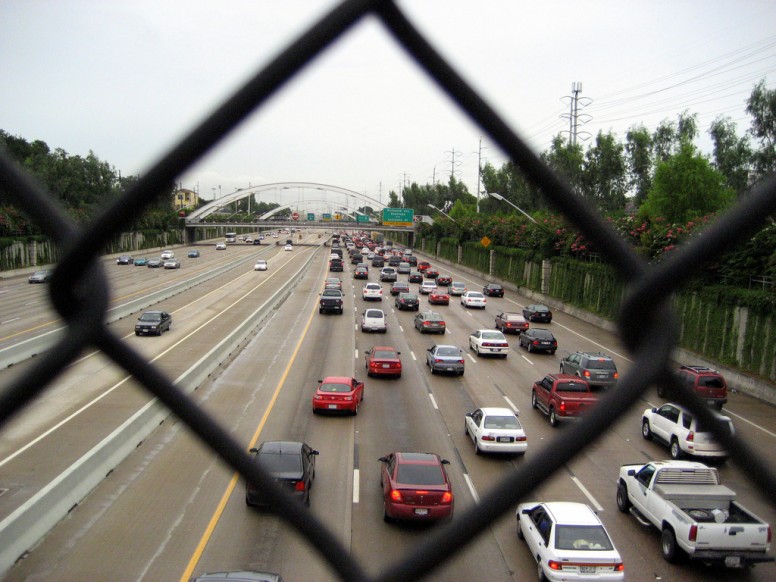More Americans are expected to travel this holiday weekend than any July 4th weekend before, and the majority of them will be hitting the roads. AAA expects more than 36 million people will drive at least 50 miles from home, a 1.2-percent increase from last year’s record-breaking forecast.
This shouldn’t be a surprise, considering drivers will also be paying the lowest average fuel prices in over a decade. The national price for a gallon of gasoline is 47 cents lower today than during the same time last year. And those cheap prices are having an effect: more Americans are opting for less fuel-efficient vehicles while gas prices have fallen, and they could fall even farther still in the coming months. For the 26th consecutive month, vehicle miles traveled by American drivers increased in April 2016, according to USDOT. Driving activity rose 2.6 percent that month.
The projected uptick in driving this holiday weekend isn’t good news for the environment, and it certainly isn’t any better for road users themselves. The National Safety Council recently estimated that motor vehicle crashes over the three-day holiday period would result in 53,600 serious injuries and 466 fatalities–the highest number of deaths predicted by the NSC for a July 4th weekend since 2008. This projection follows the national trend of climbing traffic deaths over the past few years while more Americans opt to drive and take advantage of cheap gas.
Oil prices may not stay rock bottom forever, so it enjoy it while you can, America. Besides, could there be any better way to celebrate Independence Day than from inside a car, inching down a highway?


[…] 50,000 Traffic Injuries and Nearly 500 Deaths Projected for Independence Day Weekend (MTR) […]